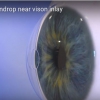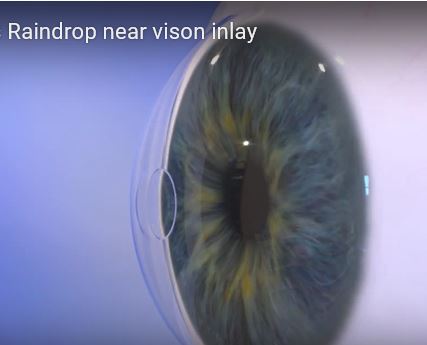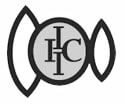
Just 4 short weeks ago, Chris was relying on his cellphone at work. He told us he would take screenshots of pages at work and zoom in on them with his phone—just to be able to read them.
After the Raindrop procedure at Slade & Baker, Chris no longer has that problem.
Before his surgery, “the worst things for me were reading directions or instructions.” His reading vision was killing him. “I felt like I never had my readers at the right time.”
Chris was complaining about presbyopia and if you also need reading glasses, it may be because you too have presbyopia.
Presbyopia is a naturally occurring loss of near vision that affects millions of people every day and is considered a normal part of the aging process (just like wrinkles and gray hair). It is believed to be caused by the gradual loss of elasticity, or flexibility, of the eye’s natural lens. As the lens loses its flexibility over time, the eye has a harder time focusing up close.
The first symptoms usually occur when we are 40 – 50 years old. However, the ability to focus on near objects declines throughout our lives.
Chris told us, “I didn’t want to be that old man with the string around my neck,” which is SUCH a common thing we hear when presbyopia patients talk about what some of them term “the nightmare” of reading glasses!
Chris had been told about our office and had done his fair share of research prior to his actual procedure. He came to see us and told us he was not nervous in the least bit.
The Raindrop is a clear circular implant – like a tiny contact lens – that is implanted just beneath the surface of the eye. It is 2 millimeters in diameter (the size of a pinhead) and less than half the thickness of a human hair. The lens is designed so that it cannot be seen or felt once in place.
The Raindrop® Near Vision Inlay is made of a proprietary hydrogel material that is commonly used in soft contact lenses. The lens works by gently reshaping the curvature of the cornea (the clear front part of the eye) so that it can more strongly focus light entering the eye.

The Raindrop is placed only in one eye, the non-dominant eye, leaving your other eye untouched. Once in place, the Raindrop is designed to improve near vision when focusing up close.
The procedure was “very easy and very quick.” When Chris came in for his initial evaluation with Dr. Bennett Walton, Dr. Walton recommended LASIK in his right eye at the same time because Chris was also hyperopic.
Dr. Walton shared: “We corrected Chris’s hyperopia in his right eye with LASIK to make it perfect for distance vision, which actually helped that eye at all distances. We put the Raindrop inlay into his left eye, which as it heals, will give him a huge near boost without affecting his distance vision as much as older near vision options.”
The next day after surgery, Chris said, “My vision was kind of fuzzy and I felt like I had something in my eye.” In the biz we refer to this as “a foreign body sensation” and it is very normal after eye surgery.
Two days after surgery is when Chris told us he actually realized the surgery’s effect.
He picked up his phone and noticed, “I didn’t have to blow anything up! My vision is amazing.” There was no longer a need to zoom.
We spoke with Chris only 4 weeks after his surgery, and his eyes are still healing so this only means good news and even better vision for him in the next few weeks. We are excited for Chris and all of our Raindrop patients, since presbyopia has been the biggest puzzle in ophthalmology for so many years. It is a difficult puzzle to solve, and we were very happy to have been the FIRST to perform the Raindrop in the US and to be able to offer it to all of our interested patients now!
To learn more about presbyopia, the Raindrop inlay procedure and all of your options, please call our office at 713-626-5544 for an evaluation at Slade & Baker Vision!





